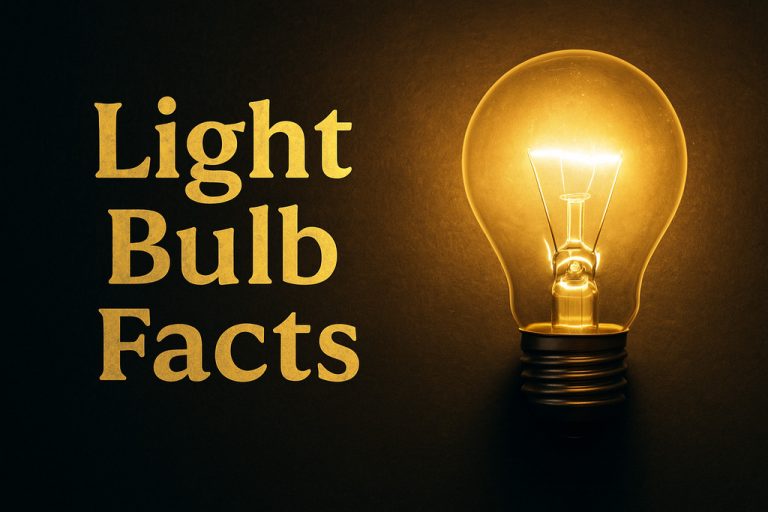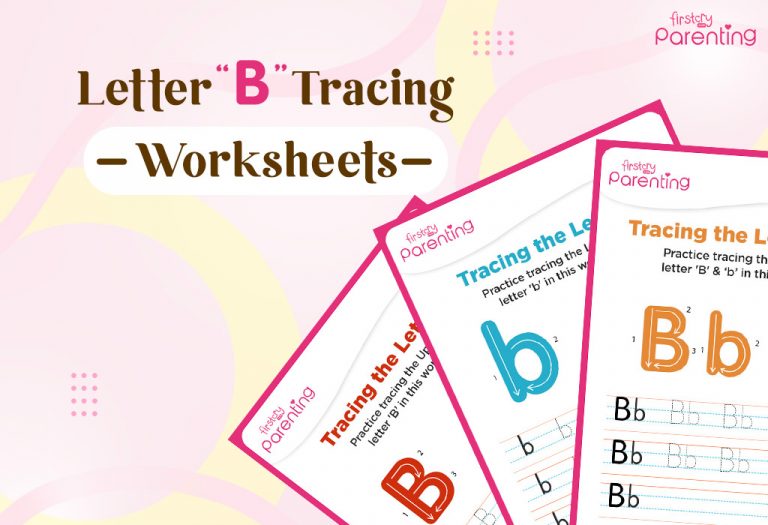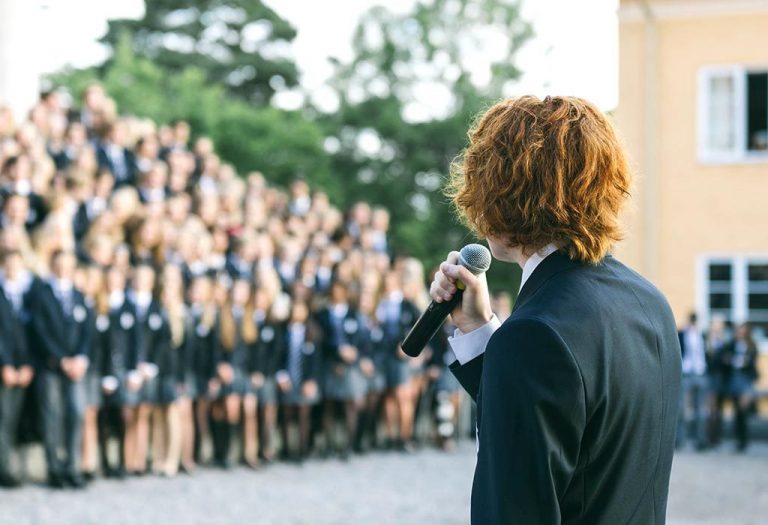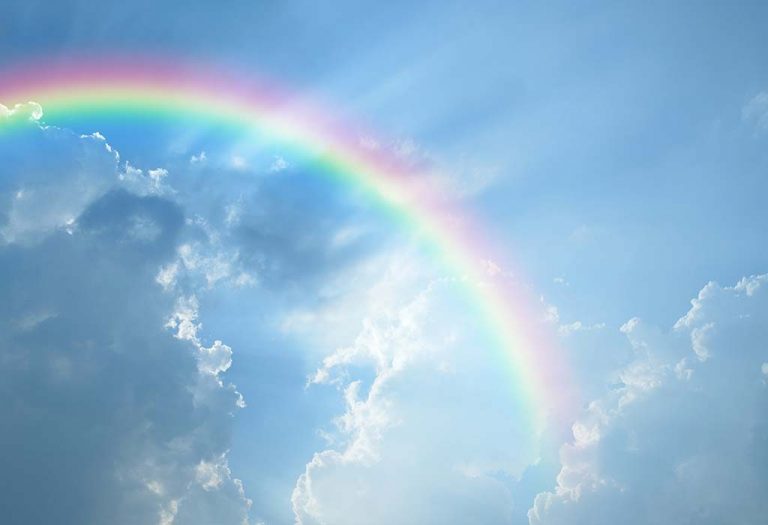20 Interesting Light Bulb Facts for Kids
The light bulb is one of those everyday inventions we rarely stop to think about, yet it has completely transformed the world. Before its invention, nights were dimly lit with candles or oil lamps, and even simple tasks after dark were a challenge. Now, flipping a switch feels so ordinary that we sometimes forget how extraordinary it truly is. For curious minds and young learners, exploring light bulb facts for kids can be both fun and eye-opening. Understanding the story of how this invention came to life also helps us appreciate just how much effort and innovation went into creating something we often take for granted. Having some engaging information about light bulb history, technology, and impact is not just interesting—it also shows how a small idea can light up the whole world.
Who Invented the Light Bulb
The light bulb was not created by one person alone but by many inventors over time, with Thomas Edison often credited because he made it practical for everyday use. Earlier pioneers like Humphry Davy and Joseph Swan also played key roles in shaping the light we know today.
How a Light Bulb Works
A light bulb works by sending electricity through a thin wire called a filament, which gets hot and begins to glow. The glass around it keeps out air so the filament does not burn away too quickly, and this simple process is what lights up a room.
Types of Lightbulbs
Numerous bulb types have been developed over time, each with a specific purpose. Understanding the variety helps in our understanding of the numerous fascinating facts about light bulbs and their influence on our way of life.
1. Incandescent Bulbs
These are the classic bulbs most people grew up with. They use a glowing filament to produce light and give off a warm, cosy glow, though they are not very energy efficient.
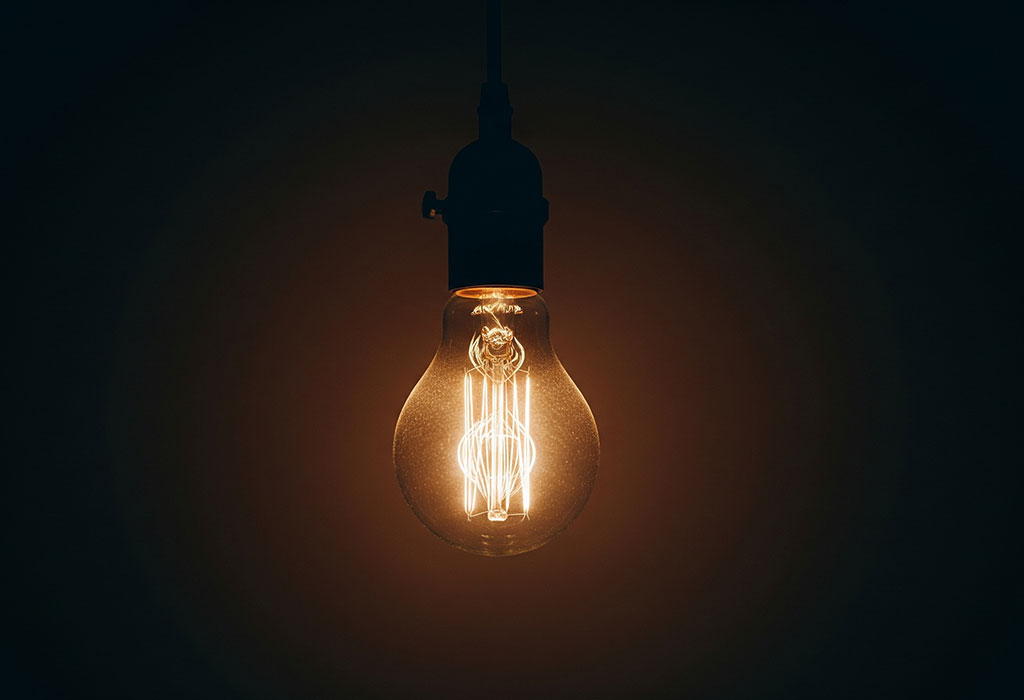
AI-Generated Image
2. Halogen Bulbs
An incandescent that lasts a bit longer and burns brighter. Because of their clear and sharp light, they are frequently found in work lamps, car headlights, and spotlights.
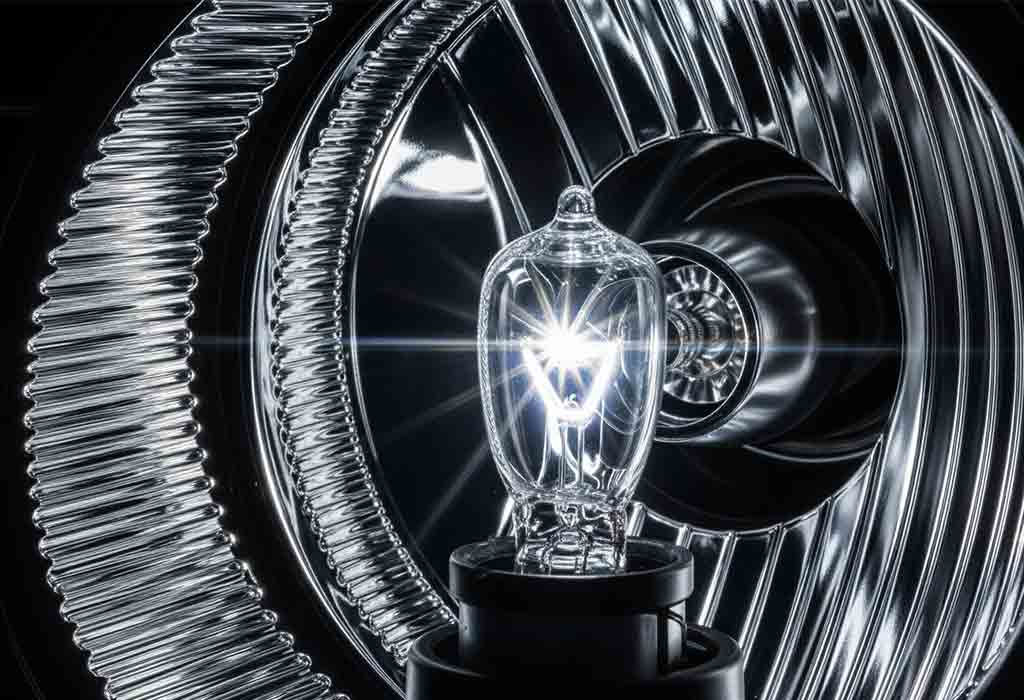
AI-Generated Image
3. Fluorescent Tubes
What’s common in offices, shops, and schools are long, tube-shaped bulbs. Although they last longer and are brighter than incandescents, they occasionally flicker or emit a colder tone.
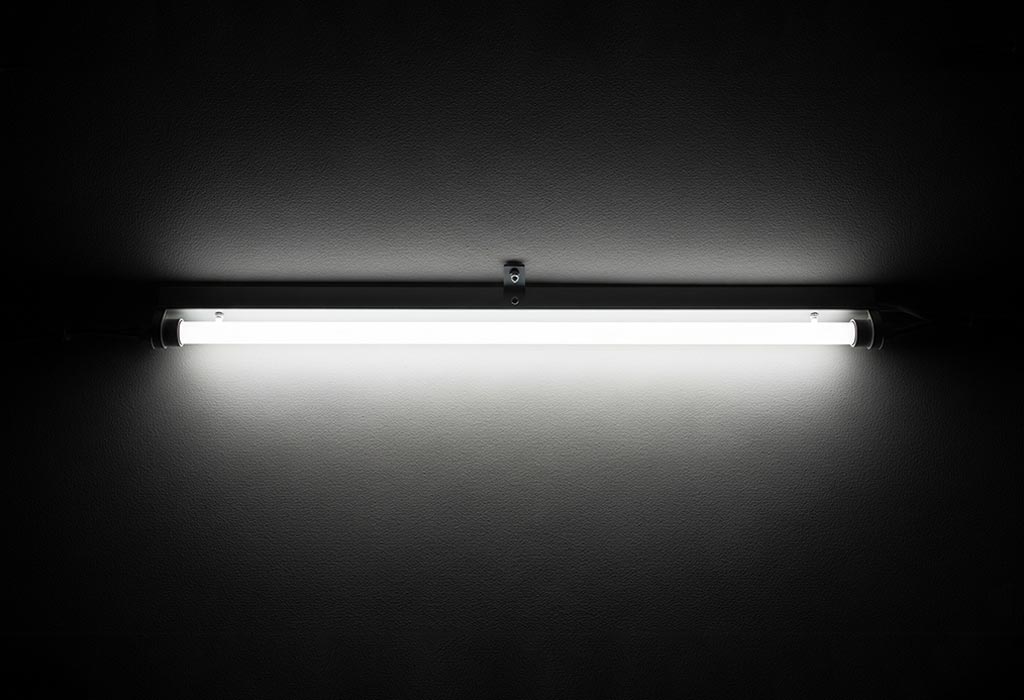
AI-Generated Image
4. Compact Fluorescent Bulbs (CFLs)
These were popular before LEDs became common. They are spiral-shaped, save energy compared to old bulbs, and were one of the first steps toward greener lighting.
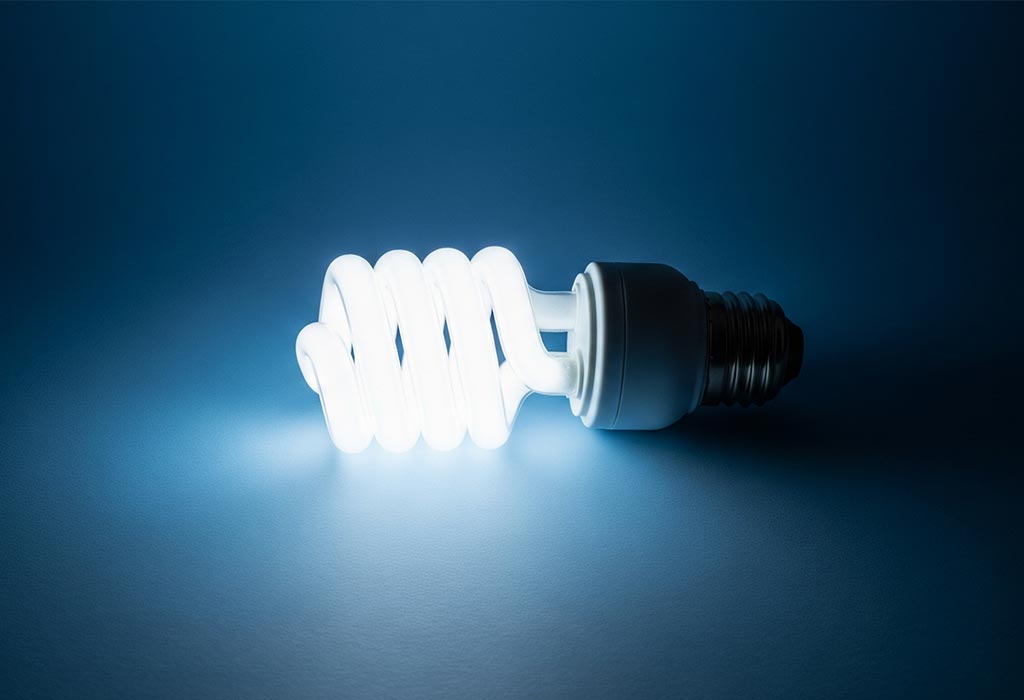
AI-Generated Image
5. Light Emitting Diodes (LEDs)
LEDs are now the most common choice because they use very little energy and can last for years. They also come in many colours and sizes, making them versatile for homes, businesses, and even decorations.
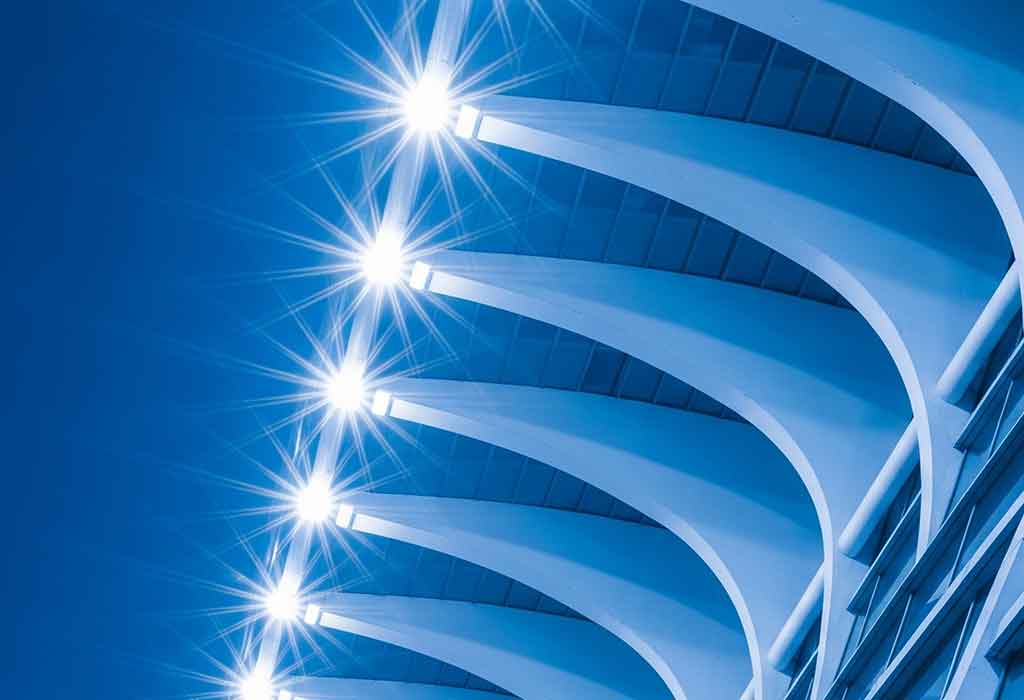
AI-Generated Image
6. Smart Bulbs
These modern bulbs connect to phones or smart home systems so you can control brightness or even colour with an app. They add convenience and are a fun way to change the mood of a room.
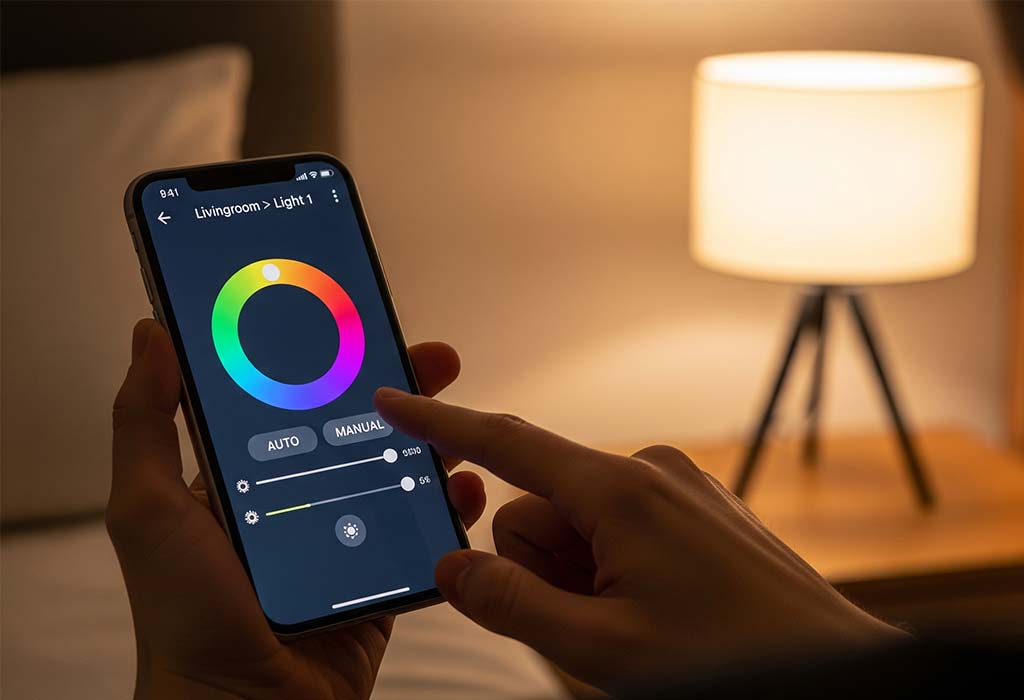
AI-Generated Image
7. Vintage Edison Bulbs
Made to look like the early designs, these bulbs have exposed glowing filaments and give off a nostalgic, decorative glow. They are not the most efficient, but are loved for their charm and style.
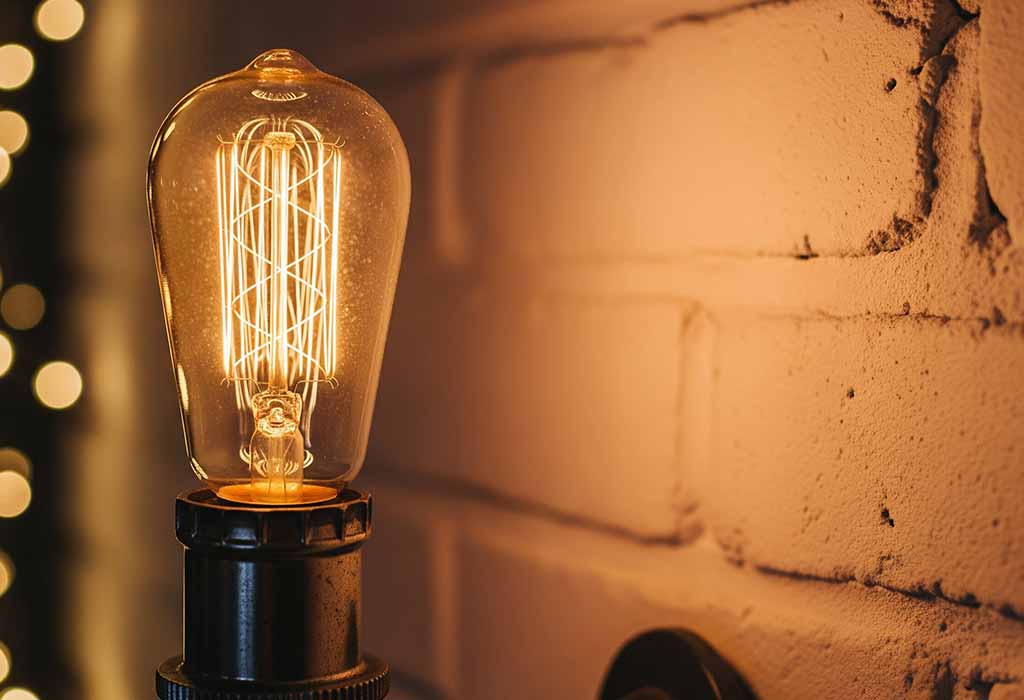
AI-Generated Image
Why Light Bulbs Are Important in Our Lives
Our homes, workplaces, and schools use light bulbs, which make life safer and easier. They enable us to continue working, studying, cooking, and even having fun in the evenings long after the sun has set. Many of the things we take for granted now, like late-night family get-togethers and night travel, would be challenging without them. Light bulbs also bring comfort since a warm glow can make a space feel welcoming and calm. They are not just a tool for vision but a part of how we connect, share, and live each day.
Fun Facts About Light Bulbs
Light bulbs have a fascinating history and many surprising details that most people don’t know. From the first attempts at electric light to the advanced designs we use today, every step tells a unique story. Here are some fun and eye-opening insights, including interesting facts about the light bulb invention, that show how special this everyday item really is.
- The very first step toward electric light came in 1802 when Humphry Davy made carbon glow with electricity.
- Thomas Edison’s light bulb design in 1879 could last more than 1,000 hours.
- In Britain, Joseph Swan patented a working light bulb around the same time as Edison.
- Edison and Swan later joined forces to market their bulbs together.
- Early bulbs used bamboo as the filament because it lasted longer than many metals.
- The world’s oldest known working bulb, called the Centennial Light, has been glowing since 1901 in California.
- Street lighting with bulbs began in major cities soon after Edison’s success.
- Nikola Tesla promoted fluorescent lighting as an alternative to the traditional bulb.
- The first illuminated Christmas tree using light bulbs appeared in 1882, thanks to Edward Johnson, a colleague of Edison.
- In the early years, bulbs were a luxury and only the rich could afford them.
- By the early 1900s, bulbs became more common as electricity spread through cities.
- Compact Fluorescent Lamps (CFLs) were introduced in the 1980s as an energy-saving option.
- LEDs became mainstream in the 2000s and now dominate the market.
- The familiar screw base of bulbs is called the Edison screw, named after Thomas Edison.
- Some decorative bulbs are still designed to copy the look of Edison’s original invention.
- Halogen bulbs are banned in many countries now because they use too much energy.
- Smart bulbs allow you to adjust brightness and colour using a phone or voice assistant.
- Some modern bulbs can even play music or connect to Wi-F, in addition to lighting a room.
- Governments worldwide encourage LED use to save energy and reduce pollution.
- Small indicator bulbs are used in devices like fridges and microwaves to provide light in tiny spaces.
FAQs
1. Who made the first light bulb factory?
The first light bulb factory was started by Thomas Edison in Menlo Park, where he produced and tested bulbs on a large scale to make them available for everyday use.
2. How long can an LED bulb last?
An LED bulb can last up to 25,000 hours or more, depending on usage, which is far longer than older types of bulbs.
3. Can light bulbs be recycled?
Yes, many parts of light bulbs, like glass and metal, can be recycled, though certain types, such as CFLs, need special care because they contain small amounts of mercury.
The light bulb is more than just a simple object in our homes; it is an invention that changed the way people live and connect. Every phase, from the earliest experiments with glowing wires to the smart lighting of today, demonstrates the creative potential of people. It allowed us to work, study, and have fun at night and freed us from the darkness. Light bulbs also serve as a reminder that brilliant ideas are frequently developed gradually by numerous hands and brains. As technology grows, we continue to find new ways to make lighting brighter, safer, and more efficient. Every time we switch on a bulb, we are part of a long story of invention that still continues today.
Also Read:
Earthquakes Facts
Facts About Light
Facts About Science
Facts About Atmosphere
Facts About the Layers of the Earth
Was This Article Helpful?
Parenting is a huge responsibility, for you as a caregiver, but also for us as a parenting content platform. We understand that and take our responsibility of creating credible content seriously. FirstCry Parenting articles are written and published only after extensive research using factually sound references to deliver quality content that is accurate, validated by experts, and completely reliable. To understand how we go about creating content that is credible, read our editorial policy here.





